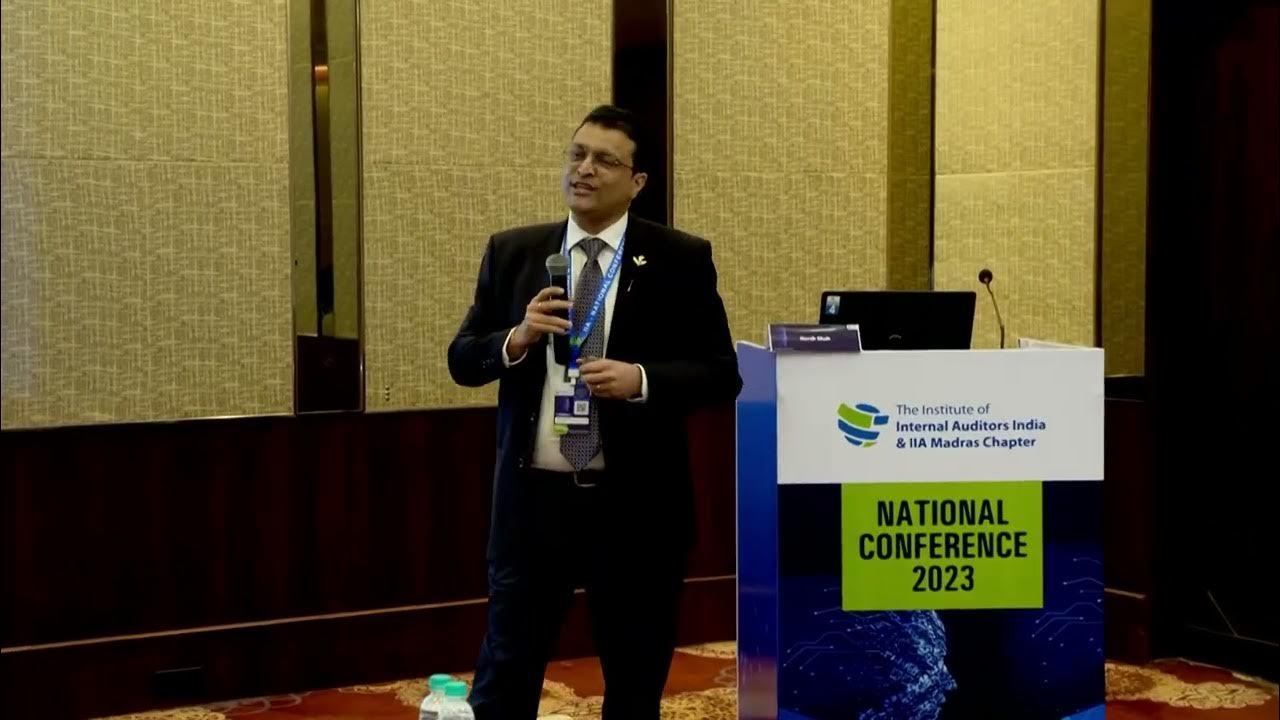What Is Supply Chain Resiliency?
Summary
TLDR在这段对话中,Promod Gupta,GEP的供应链咨询副总裁,讨论了供应链的弹性和风险管理。他定义了供应链弹性为公司感知供应链风险并做出响应的能力。Gupta指出,许多公司在面对供应链风险时反应迟缓,依赖可能从未使用过的业务连续性计划。他强调了感知和响应风险的重要性,并解释了为什么需要灵活性和适应性来应对不断变化的全球供应链环境。Gupta还提到了GEP如何通过其产品GP Smart和GP Next以及供应链管理服务来帮助客户应对挑战。
Takeaways
- 🔍 **供应链弹性定义**:供应链弹性是公司感知供应链风险并响应它的能力。
- 🚨 **反应模式**:许多公司对供应链风险的处理还处于被动反应模式,面对已经发生的中断反应往往较弱。
- 📉 **业务连续性计划**:由于依赖可能从未使用或不够成熟的业务连续性计划,很多供应链在紧急情况下表现不佳。
- 💡 **风险感知与响应同等重要**:感知风险和响应风险在组织中同等重要,这有助于公司及时采取行动。
- 🌐 **全球供应链风险**:由于供应商基地的全球化,任何地区的风险都可能影响供应链。
- ⏰ **风险的及时感知**:通过治理过程和业务流程,公司可以及时感知并分析风险。
- 📦 **库存管理**:通过在供应链中部署库存,可以缓冲供应风险。
- 🛠️ **灵活的制造操作**:准备制造操作以应对风险,例如调整生产时间或产品转换。
- 🚢 **物流调整**:考虑物流和产品路线的重新规划,以应对潜在的中断。
- 🔄 **精益与弹性**:精益生产需要适应当前环境,以保持成本效率和灵活性。
- 🌟 **GEP的服务**:GEP是一家全球管理咨询公司,专注于提供供应链咨询服务、技术解决方案和托管服务。
Q & A
什么是供应链韧性?
-供应链韧性是指公司能够感知供应链风险并具有响应这种风险的能力。
为什么大多数公司在供应链风险面前处于被动反应模式?
-这是因为他们依赖的业务连续性计划可能是不完整的,从未使用过,或者没有足够的能力来真正应对风险本身。
供应链的精简和高效是否削弱了其韧性?
-是的,由于多年的成本削减努力,供应链变得精简而高效,但缺乏韧性,变得僵化,导致在需要时无法灵活应对。
如何提高供应链的韧性?
-提高韧性需要在组织中同时重视感知风险和响应风险的能力。这包括建立治理流程和业务流程来提前发现和评估风险。
为什么说感知风险和响应风险在供应链韧性中同等重要?
-因为只有感知到风险而没有响应能力,或者只有响应计划而未能及时感知风险,都不能有效应对供应链中断。
在2019年和2020年,哪些全球性事件考验了供应链的韧性?
-2019年的新冠疫情和2020年苏伊士运河的堵塞都是考验供应链韧性的全球性事件。
如何为不同类型的供应链风险做准备?
-公司可以采取一些行动,如在供应链中部署库存以缓冲风险,调整生产操作以应对需求变化,或者重新规划物流路线。
GEP公司如何帮助客户应对供应链挑战?
-GEP是一家全球管理咨询公司,提供供应链咨询服务、供应链技术解决方案以及供应链管理服务,帮助客户整合供应和运营,提升供应链韧性。
为什么说供应链的灵活性和效率同等重要?
-因为一个高度分布的供应链和广泛的供应商网络需要在保持成本效率的同时,也能够灵活应对各种风险和变化。
如何理解从成本效率向有效灵活性的转变?
-这意味着在设计供应链时,不仅要关注降低成本,还要考虑如何通过灵活的操作来有效应对潜在的风险和中断。
GEP的产品和服务如何帮助提高供应链的韧性?
-GEP通过其产品GP Smart和GP Next以及供应链管理服务,为客户提供全面的服务,帮助他们提升供应链的感知风险和响应风险的能力。
为什么说供应链管理是一个需要综合考虑的领域?
-因为供应链管理不仅涉及到成本和效率,还包括风险管理、灵活性、以及对全球供应商网络的协调和管理。
Outlines

This section is available to paid users only. Please upgrade to access this part.
Upgrade NowMindmap

This section is available to paid users only. Please upgrade to access this part.
Upgrade NowKeywords

This section is available to paid users only. Please upgrade to access this part.
Upgrade NowHighlights

This section is available to paid users only. Please upgrade to access this part.
Upgrade NowTranscripts

This section is available to paid users only. Please upgrade to access this part.
Upgrade NowBrowse More Related Video

Alleviating the Semiconductor Supply Shortage

The Increasing Pressure to Ensure Ethical Supply Management

Bend but don’t break: Future-proofing the pharmaceutical supply chain

Panel Discussion: Supply Chain Risk & Resilience

Track B - Evaluating Supply Chain Strains in their Race to Robustness, Flexibility & Resilience

Supply Chain Risk Management and X shoring
5.0 / 5 (0 votes)
